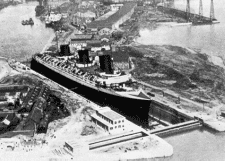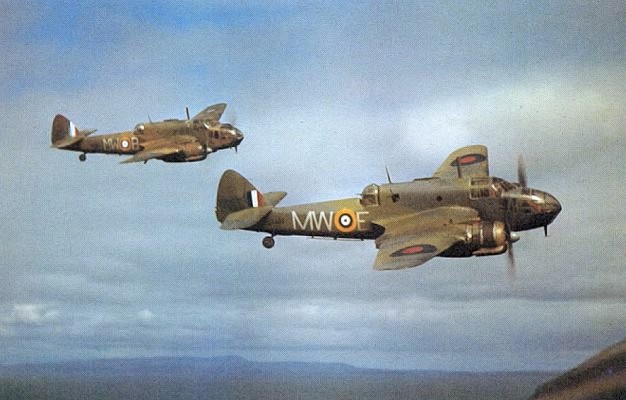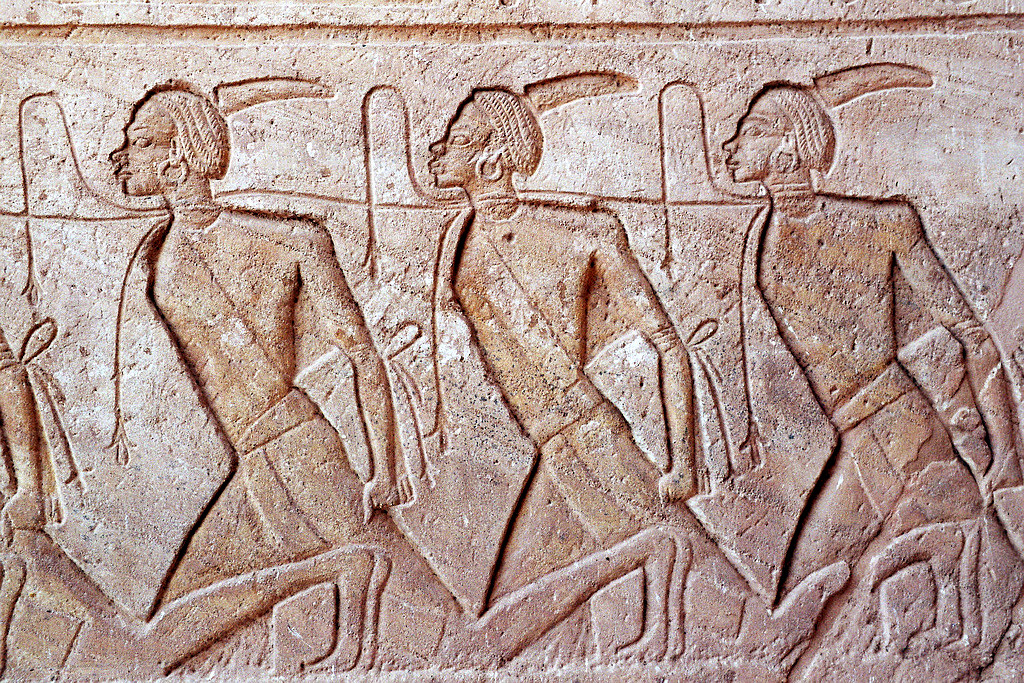|
St Nazaire Raid
The St Nazaire Raid or Operation Chariot was a British amphibious attack on the heavily defended Louis Joubert Lock, Normandie dry dock at St Nazaire in German occupation of France during World War II, German-occupied France during the Second World War. The operation was undertaken by the Royal Navy (RN) and British Commandos under the auspices of Combined Operations Headquarters on 28 March 1942. St Nazaire was targeted because the loss of its dry dock would force Germany's largest battleship, , to return to home waters if she were damaged. This would expose her to attack by British forces including the Home Fleet in the English Channel or the North Sea. The obsolete destroyer , accompanied by 18 smaller craft, crossed the English Channel to the Atlantic coast of France and rammed into the Normandie dry dock south gate. The ship had been packed with delayed-action explosives, well hidden within a steel and concrete case, that detonated later that day, putting the dock out of ... [...More Info...] [...Related Items...] OR: [Wikipedia] [Google] [Baidu] |
Minesweeper
A minesweeper is a small warship designed to remove or detonate naval mines. Using various mechanisms intended to counter the threat posed by naval mines, minesweepers keep waterways clear for safe shipping. History The earliest known usage of the naval mine dates to the Ming dynasty.Needham, Volume 5, Part 7, 203–205. Dedicated minesweepers, however, only appeared many centuries later during the Crimean War, when they were deployed by the British. The Crimean War minesweepers were rowboats trailing Grappling hook, grapnels to snag mines. Minesweeping technology picked up in the Russo-Japanese War, using aging torpedo boats as minesweepers. In Britain, naval leaders recognized before the outbreak of World War I that the development of sea mines was a threat to the nation's shipping and began efforts to counter the threat. Sir Arthur Wilson, 3rd Baronet, Sir Arthur Wilson noted the real threat of the time was a blockade aided by mines and not an invasion. The function of the ... [...More Info...] [...Related Items...] OR: [Wikipedia] [Google] [Baidu] |
Combined Operations Headquarters
Combined Operations Headquarters was a department of the British War Office set up during Second World War to harass the Germans on the European continent by means of raids carried out by use of combined naval and army forces. History The command used air and naval units to deliver the Commandos to various targets, and then recover them. Thus, it was a combined arms coordination and command structure. Admiral of the Fleet Roger Keyes was the first director, from 17 July 1940 to 27 October 1941. He was replaced first by Lord Louis Mountbatten, who led the command for a year. He in turn was succeeded by Major General Robert Laycock (October 1943 – 1947). It comprised background staff whose job was to plan operations and to develop ideas and equipment to harass the enemy in any way possible. It also covered all those who worked with landing craft up to and including the landing ships that were used in the various amphibious operations. The badge of Combined Operations wa ... [...More Info...] [...Related Items...] OR: [Wikipedia] [Google] [Baidu] |
British Commandos
The Commandos, also known as the British Commandos, were formed during the World War II, Second World War in June 1940, following a request from Winston Churchill, for special forces that could carry out Raid (military), raids against German-occupied Europe. Initially drawn from within the British Army from soldiers who volunteered for the Special Service Brigade, the Commandos' ranks were eventually filled by members of all branches of the British Armed Forces and a number of foreign volunteers from German-occupied countries. By the end of the war 25,000 men had passed through the Commando course at Commando Basic Training Centre (United Kingdom), Achnacarry. This total includes not only the British volunteers, but volunteers from Sacred Band (World War II), Greece, 1st Marine Infantry Parachute Regiment, France, 5th Special Air Service, Belgium, No. 10 (Inter-Allied) Commando, Netherlands, Canada, Norway and Poland. The United States Army Rangers and Marine Raiders, US Marine Co ... [...More Info...] [...Related Items...] OR: [Wikipedia] [Google] [Baidu] |
Royal Navy
The Royal Navy (RN) is the naval warfare force of the United Kingdom. It is a component of His Majesty's Naval Service, and its officers hold their commissions from the King of the United Kingdom, King. Although warships were used by Kingdom of England, English and Kingdom of Scotland, Scottish kings from the early Middle Ages, medieval period, the first major maritime engagements were fought in the Hundred Years' War against Kingdom of France, France. The modern Royal Navy traces its origins to the English Navy of the early 16th century; the oldest of the British Armed Forces, UK's armed services, it is consequently known as the Senior Service. From the early 18th century until the World War II, Second World War, it was the world's most powerful navy. The Royal Navy played a key part in establishing and defending the British Empire, and four Imperial fortress colonies and a string of imperial bases and coaling stations secured the Royal Navy's ability to assert naval superior ... [...More Info...] [...Related Items...] OR: [Wikipedia] [Google] [Baidu] |
German Occupation Of France During World War II
The Military Administration in France (; ) was an interim occupation authority established by Nazi Germany during World War II to administer the occupied zone in areas of northern and western France. This so-called ' was established in June 1940, and renamed ' ("north zone") in November 1942, when the previously unoccupied zone in the south known as ' ("free zone") was also occupied and renamed ' ("south zone"). Its role in France was partly governed by the conditions set by the Armistice of 22 June 1940 after the success of the leading to the Fall of France; at the time both French and Germans thought the occupation would be temporary and last only until Britain came to terms, which was believed to be imminent. For instance, France agreed that its soldiers would remain prisoners of war until the cessation of all hostilities. The "French State" (') replaced the French Third Republic that had dissolved in defeat. Though nominally extending its sovereignty over the whole co ... [...More Info...] [...Related Items...] OR: [Wikipedia] [Google] [Baidu] |
Louis Joubert Lock
The Louis Joubert Lock (), also known as the Normandie Dockafter the large ocean liner that provided the impetus for the facility to be built, is a lock and major dry dock located in the port of Saint-Nazaire in Loire-Atlantique, northwestern France. Owned by the Port authority of Nantes-Saint-Nazaire, its strategic importance as a major naval construction and maintenance asset after its completion in 1934 resulted in it becoming the main target of the St. Nazaire Raid; the 1942 British Army Commando raid successfully prevented German battleships, such as ''Tirpitz'', from accessing its maintenance facilities while operating in the Atlantic Ocean. Functions The lock has two major functions: *To give access to the river Loire and hence the Atlantic Ocean for ships of the biggest size from the port of Saint-Nazaire. The port maintains a constant water level and the lock allows this to be maintained while also allowing access to for the largest ships; *For the maintenance and the ... [...More Info...] [...Related Items...] OR: [Wikipedia] [Google] [Baidu] |
Tanker (ship)
A tanker (or tank ship or tankship) is a ship designed to transport or store liquids or gases in Bulk liquids, bulk. Major types of tanker ship include the oil tanker (or petroleum tanker), the chemical tanker, Cargo ship, cargo ships, and a gas carrier. Tankers also carry commodities such as vegetable oils, molasses and wine. In the United States Navy and Military Sealift Command, a tanker used to refuel other ships is called an oiler (ship), oiler (or replenishment oiler if it can also supply dry stores) but many other navies use the terms tanker and replenishment tanker. Tankers were first developed in the late 19th century as iron and steel hulls and pumping systems were developed. As of 2005, there were just over 4,000 tankers and supertankers or greater operating worldwide. Description Tankers can range in size of capacity from several hundred tonnage, tons, which includes vessels for servicing small harbours and coastal settlements, to several hundred thousand tons, f ... [...More Info...] [...Related Items...] OR: [Wikipedia] [Google] [Baidu] |
Junkers Ju 88
The Junkers Ju 88 is a twin-engined multirole combat aircraft designed and produced by the German aircraft manufacturer Junkers Aircraft and Motor Works. It was used extensively during the Second World War by the ''Luftwaffe'' and became one of the most versatile combat aircraft of the conflict. The Ju 88 originated from a ''Reichsluftfahrtministerium'' (RLM) requirement issued in 1934 for a new multipurpose aircraft. Junkers was one of several firms to respond, producing two separate design studies that produced both the Ju 85 and Ju 88. The design work was headed by Junkers' chief designer Ernst Zindel. The Ju 88 was envisioned to function as a so-called '' Schnellbomber'' ("fast bomber") that would evade interception by enemy fighters of its era by flying at high speed. On 21 December 1936, the first prototype performed its maiden flight. The performance of the third prototype was highly favourable, resulting in the competing Henschel Hs 127 and Messerschmitt Bf 162 bein ... [...More Info...] [...Related Items...] OR: [Wikipedia] [Google] [Baidu] |
Bristol Beaufighter
The Bristol Type 156 Beaufighter (often called the Beau) is a British multi-role aircraft developed during the Second World War by the Bristol Aeroplane Company. It was originally conceived as a heavy fighter variant of the Bristol Beaufort torpedo bomber. The Beaufighter proved to be an effective night fighter, which came into service with the Royal Air Force (RAF) during the Battle of Britain, its large size allowing it to carry heavy armament and early aircraft interception radar without major performance penalties. The Beaufighter was used in many roles; receiving the nicknames ''Rockbeau'' for its use as a rocket-armed ground attack aircraft and ''Torbeau'' as a torpedo bomber against Axis shipping, in which it replaced the Beaufort. In later operations, it served mainly as a maritime strike/ground attack aircraft, RAF Coastal Command having operated the largest number of Beaufighters amongst all other commands at one point. The Royal Australian Air Force (RAAF) al ... [...More Info...] [...Related Items...] OR: [Wikipedia] [Google] [Baidu] |
Armstrong Whitworth Whitley
The Armstrong Whitworth A.W.38 Whitley was a British medium/heavy bomber aircraft of the 1930s. It was one of three twin-engined, front line medium bomber types that were in service with the Royal Air Force (RAF) at the outbreak of the World War II, Second World War. Alongside the Vickers Wellington and the Handley Page Hampden, the Whitley was developed during the mid-1930s according to Air Ministry List Of Air Ministry Specifications, Specification B.3/34, which it was subsequently selected to meet. In 1937, the Whitley formally entered into RAF squadron service; it was the first of the three medium bombers to be introduced. Following the outbreak of war in September 1939, the Whitley participated in the first RAF bombing raid upon German territory and remained an integral part of the early British bomber offensive. In 1942 it was superseded as a bomber by the larger four-engined "Heavy bomber#World War II 2, heavies" such as the Avro Lancaster. Its front-line service include ... [...More Info...] [...Related Items...] OR: [Wikipedia] [Google] [Baidu] |
Prisoners Of War
A prisoner of war (POW) is a person held captive by a belligerent power during or immediately after an armed conflict. The earliest recorded usage of the phrase "prisoner of war" dates back to 1610. Belligerents hold prisoners of war for a range of legitimate and illegitimate reasons. These may include isolating them from enemy combatants still in the field (releasing and repatriating them in an orderly manner after hostilities), demonstrating military victory, punishment, prosecution of war crimes, labour exploitation, recruiting or even conscripting them as combatants, extracting collecting military and political intelligence, and political or religious indoctrination. Ancient times For much of history, prisoners of war would often be slaughtered or enslaved. Early Roman gladiators could be prisoners of war, categorised according to their ethnic roots as Samnites, Thracians, and Gauls (''Galli''). Homer's ''Iliad'' describes Trojan and Greek soldiers offering rewards o ... [...More Info...] [...Related Items...] OR: [Wikipedia] [Google] [Baidu] |







